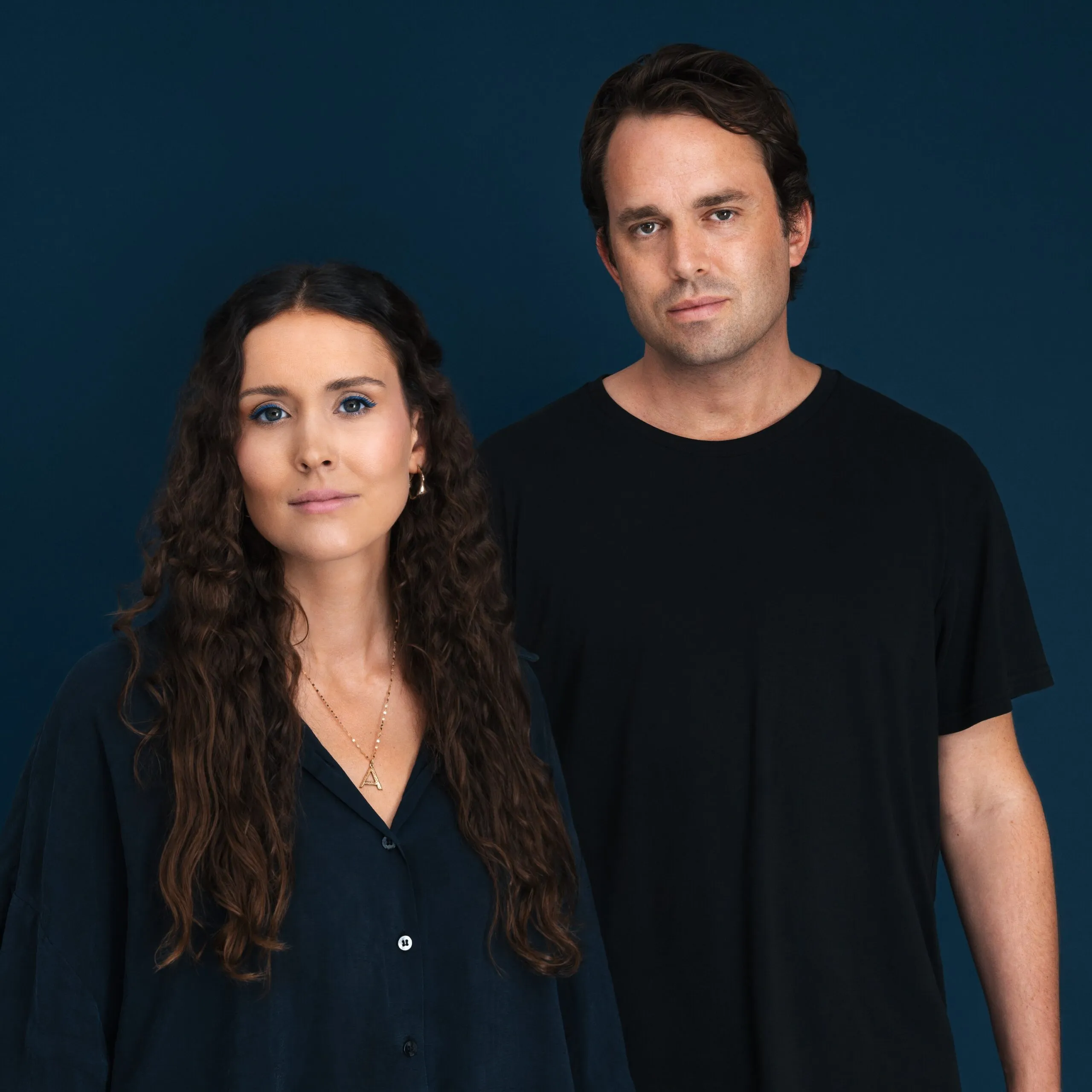On October 10, Christie’s London will host an public sale for “Ascend”—a 1-of-1 piece of dynamic digital art work inscribed on Bitcoin’s Ordinals protocol—throughout its Put up-Struggle and Modern Artwork Day Sale. It will likely be the one digital art work within the sale.
This occasion will mark the first-ever Bitcoin Ordinal to look in a reside public sale at Christie’s, bridging the hole between the normal and digital artwork worlds.
“Ascend” is part of “The Wild Inside” undertaking created by artists Ryan Koopmans and Alice Wexell. The collection revitalizes architectural ruins by way of a digital medium, combining images with superior 3D methods to breathe new life into deserted areas.
The piece captures the decaying fantastic thing about the Iveria Sanatorium in Tskaltubo, Georgia, as soon as a famed well being vacation spot within the Soviet period. The construction, constructed between 1952 and 1962, has since fallen into destroy, offering a poignant backdrop for Koopmans and Wexell’s creative exploration.
I’m very excited to announce that ‘Ascend’, our 1 of 1 dynamic inscription, is within the Put up-Struggle & Modern Artwork Day Sale at Christie’s in London.
When: Open for bidding now, Stay Sale on October 10, 2024 at 10:00am EST / 3:00pm BST
The place: Christie’s London, 8 King Avenue… https://t.co/R8FLvDEl3M pic.twitter.com/bL0Dsf3XO7
— Ryan Koopmans (@ryankoopmans) September 26, 2024
The sanatorium foyer, now crumbling and overtaken by nature, serves as the point of interest of the art work. By means of their creative imaginative and prescient, Koopmans and Wexell inject a surreal mix of the previous and future, nature and structure.
What additional units “Ascend” aside is its dynamic nature. Inscribed on the Bitcoin blockchain utilizing the NFT-like Ordinals protocol, the piece shifts between day and evening modes, reflecting the precise time on the real-world architectural website in Georgia through a 30-minute transition course of.
That is made doable by modern recursion coding developed by the crew at Inscribing Atlantis, permitting the digital artifact to vary in actual time. The coding references the Bitcoin clock, enabling the art work to replicate the passage of time in its authentic bodily location.
Koopmans, who had beforehand minted solely on Ethereum previous to 2024, advised Decrypt that Bitcoin has been a game-changer for digital artists.

“Ascend” by Ryan Koopmans and Alice Wexell. Picture: Koopmans/Wexell
“It permits the creation of bigger artworks by way of a number of inscriptions,” he mentioned. “Ordinals, functioning as digital artifacts on the Bitcoin blockchain, resonate with our aim of preserving the subject material (deteriorating architectural ruins) and the artwork itself in a everlasting, unalterable type.”
This ingredient represents a major innovation on the earth of digital artwork, showcasing the potential of Bitcoin as a medium for complicated, evolving artworks.
Recursion in Ordinals is a method that enables artists to beat the file measurement limitations inherent in inscribing knowledge onto the Bitcoin blockchain. Since every inscription has a most measurement restrict, creating bigger and extra complicated artworks requires a way to piece collectively a number of smaller inscriptions to work in tandem.
“Recursion permits us to do precisely that by permitting one inscription to reference and incorporate others,” Koopmans defined. “This implies we will construct a complete art work by stitching collectively a number of particular person items which can be all inscribed on-chain.”

Alice Wexell and Ryan Koopmans. Picture: Koopmans/Wexell
“Dynamic coding enhances this course of by introducing interactive or evolving parts to the art work,” he continued. “By embedding code inside these inscriptions, we will create items that reply to consumer interactions or change over time primarily based on sure situations.”
He provides that “Ascend” was inscribed on a satoshi mined on March 24, 2021—the identical day that he minted the primary piece from “The Wild Inside” on Ethereum, which he mentioned created “a significant connection between these two blockchains.”
“Collaborating with the proficient builders at Inscribing Atlantis allowed us to create an art work that’s each personalized, true to our creative imaginative and prescient, and the primary of its sort in a number of methods,” Koopmans mentioned.
“Inscribing on Bitcoin is a incredible software to document provenance and protect the longevity of art work on-chain,” he continued. “Nonetheless, the visible and conceptual creation of the art work itself stays of main significance, and shouldn’t be overshadowed by the technical facets.”
Whereas “Ascend” lives on the Bitcoin blockchain, a bodily print of the art work may even be out there to the successful collector in considered one of three measurement choices.
This public sale at Christie’s isn’t just a milestone for Koopmans and Wexell but additionally for the broader adoption of Ordinals as a brand new digital artwork medium, particularly within the nice artwork house.
Historically, Bitcoin has been recognized for its monetary makes use of, however the introduction of Ordinals has opened up new potentialities for preserving digital artwork in an immutable, decentralized type. And the recursion approach has damaged down a number of the preliminary limitations round inscribing on Bitcoin, enabling extra complicated works like this.
“Bitcoin itself is phenomenal,” Koopmans mentioned. “Reaching new audiences is crucial for any artist, and the Bitcoin artwork group has been extremely welcoming, supportive, and enthusiastic.”
Edited by Andrew Hayward



